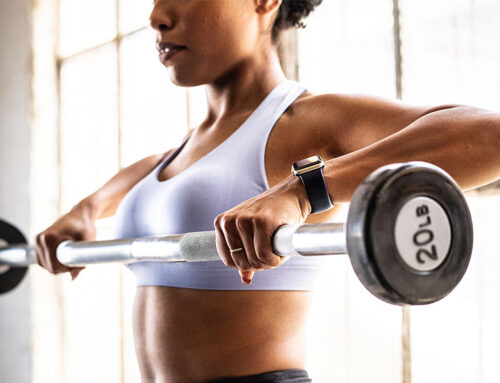How to choose the right shoes for your feet
When choosing a shoe, there are a number of factors that need to be taken into consideration to ensure you’re choosing the right shoe for you. Because everyone moves differently and have different foot shapes, the ideal shoe for you may not be someone else’s.
It is well documented that inappropriate footwear and poor foot posture are major contributing factors in the development of many lower limb injuries. Some of these include; plantar fasciitis, medial tibial stress syndrome (shin splints), achilles tendonitis, iliotibial band syndrome, patellofemoral pain syndrome, and patella tendonitis.
It is important to choose a shoe that is designed to support your foot type. There are 3 main categories of foot types; Neutral, Pronator, and Supinator. A simple test to determine your foot type is the wet test. After having a shower with your feet still wet, step onto dry surface and have a look at your wet footprint.
Each of these foot types have different shoe requirements, they are as follows;
Neutral foot requirements – ideal whose should not be designed to support the foot in any way, but should provide good cushioning, comfort and stability.
Pronator foot requirements– – these foot types require motion control or stability shoe with a firm mid sole and good arch support. The aim with these shoes is to try and slow down pronation.
Supinator foot requirements– – these foot types require a comfort shoes with extra cushioning. The shoe should encourage pronation. Motion or stability shoes are not appropriate.
As well as your foot requirements the type of shoe you choose should depend on the activity you are most active in. If you perform a certain type of exercise three times a week or more, choose a corresponding shoe. This is important since there are many shoe types designed with different properties for specific activities. Eg. Walking, running, tennis, x-trainer, etc.
When trying on your shoes you should try them on in the afternoon/evening or after you workout as your feet are largest at these times. Try shoes on with sport socks to ensure a good fit and stand up when trying the shoes to make sure they fit. Leave a half inch between your big toe and the tip of the shoe and make sure you can easily wiggle your toes. Bend the shoe to make sure it’s not overly flexible as this can indicate lack of support.
It is also very important to know when it’s time for your shoes to be replaced. Worn out sport shoes do not provide your feet with adequate protection during your workout. Running shoes should be replaced after every 550-800km. If you run 32km per week this means you should replace shoes every 20-25 weeks. Rather than judging the wear of the shoes from the treads on the bottom, check the midsole of the shoes, which will show the damage sooner.
Is foot pain giving affecting your lifestyle?
Call us today on (03) 9826 2006 or click the button below to Make an Appointment.






